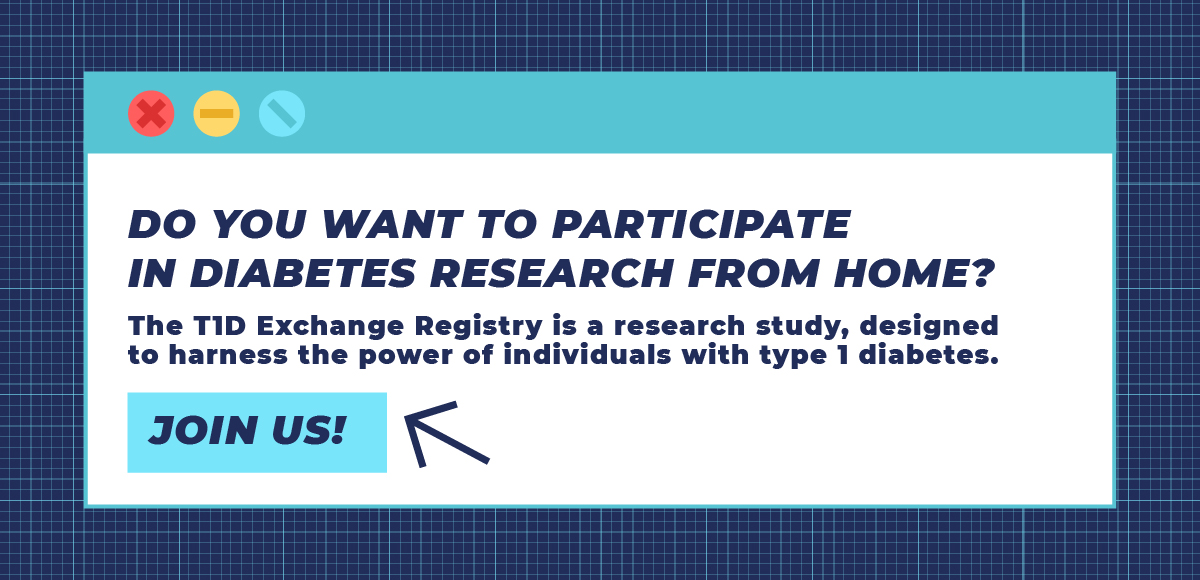
Sign up for a new account.
And get access to
The latest T1D content
Research that matters
Our daily questions
Sign up by entering your info below.
Reset Your Password
Don't worry.
We will email you instructions to reset your
password.
If you live with diabetes, you’re likely familiar with cholesterol-lowering medications called “statins.” While initially used to treat high cholesterol, researchers also found they reduced the risk of heart disease in people at higher risk with normal cholesterol levels.
That’s why your provider may have had a conversation with you about these drugs. Simply having diabetes can increase the risk of heart attack and stroke. There are different types of statins, and while they have side effects, for many, the benefits outweigh the potential risks.
Here, we’ll provide answers to the 10 most frequently asked questions about statins. This way, you can talk with your healthcare professional and decide what’s best for you.
1. What is a statin?
Put simply, statins are cholesterol-lowering drugs that work by reducing the amount of cholesterol the liver makes. They also offer other health benefits (more on this below).
Statin medications can be easily identified, as their names all end with “statin.” Popular options include:
- atorvostatin (Lipitor)
- rosuvastatin (Crestor)
- simvastatin (Zocor)
- pravastatin (Pravachol)
These medications are taken in pill form once a day. Depending on the prescription, your pharmacist may suggest taking it in the evening because the body produces more cholesterol at night.
2. How do statins work?
Statin medications decrease how much LDL (unhealthy cholesterol) your body makes, but their effects don’t stop there. They also help the liver remove cholesterol from your blood.
This leads to lower LDL cholesterol levels and higher HDL (healthy) cholesterol levels.
Statins also help to:
- Reduce swelling in artery walls
- Improve blood flow
- Lower the risk of blood clots
Diabetes can increase inflammation and the formation of plaque in the blood vessels. This can potentially cause blood clots, which may lead to a heart attack or stroke. When statin medications are taken, they can help to decrease these health risks.
3. Who are statins recommended for?
The American Diabetes Association (ADA) recommends taking a statin if you have diabetes and:
- Are 40 years of age and older
- Have heart disease (at any age)
- Are between 20 and 39 years old and have other heart disease risk factors
*Statins are not recommended for use in pregnancy.
There are three categories of statin medications: low, moderate, and high intensity. Your provider will determine the best therapy based on your cholesterol levels and other risk factors.
Heart disease or cardiovascular risk factors include those who:
- Live with diabetes, high cholesterol, or high blood pressure
- Have overweight or a family history of heart disease
- Smoke
- Eat foods high in saturated fats, trans fats, and cholesterol
- Are not physically active
4. Why are statins prescribed for someone living with type 1 diabetes?
More research is needed on cholesterol levels and their effects in people with T1D. That said, we do know that all types of diabetes, including T1D, are correlated with an increased cardiovascular risk. That’s why the ADA recommends following the guidance outlined above.
5. What are potential statin side effects?
Statins have been used for many years and show good long-term safety. There are some possible side effects, as with most medications, they include:
- Muscle pains (usually in the arms and legs)
- Headache
- Stomach pain
- Nausea
- Increase in blood glucose
While muscle pain is one of the more common side effects, it doesn’t happen to most people.
Others have reported memory issues, but it’s unclear if it’s related to statin use. Larger studies have not found a direct connection. More research is needed.
6. How can I minimize side effects?
After starting a new cholesterol-lowering medication, sharing any bothersome symptoms with your care team is important. Areas of concern may include the following:
Rising glucose levels may need insulin-dose adjustments.
Muscle pains (unrelated to exercise) may be helped by changing to a different statin, lowering the dose of the same statin, taking it every other day, or adding a coenzyme Q10 supplement.
Dark red or brown urine could suggest rapid muscle breakdown, a rare side effect known as rhabdomyolysis. Contact your healthcare provider immediately or seek emergency care. Rhabdomyolysis can be a life-threatening condition if left untreated.
7. What labs are ordered to determine my need for statins?
Your healthcare team will order a lipid panel to check your cholesterol, triglycerides, high-density lipoprotein (HDL), and low-density lipoprotein (LDL) before making recommendations.
LDL cholesterol results are especially important because if you start on a treatment, it will be used moving forward to measure improvements against it. Then, you’ll objectively know if the medication is helping you.
Your care team may order other testing to assess your cardiovascular risk, including:
- Blood pressure
- Coronary artery calcium (CAC) Score, a heart scan that checks plaque buildup in heart vessels
8. My HCP prescribed a statin, but my LDL is normal. Why?
Cholesterol guidelines suggest that most people who are 40 years of age or older who live with diabetes should be prescribed a statin medication.
Your healthcare provider may also use a cardiovascular risk calculator. This tool helps to measure a person’s chance of having a heart attack or stroke in the next 10 years.
In other words, if you’re at higher risk for heart problems, you may receive a statin, even if your cholesterol is normal.
If you’ve had a heart attack or stroke, your risk for another event is high. So, you’ll likely be prescribed a statin, even if your cholesterol is low.
9. Why was I prescribed a statin at diagnosis?
If you fit any of the categories above, such as being over 40 or having other risk factors, you may be prescribed a statin at diagnosis.
Your provider may also order a statin if your LDL cholesterol is high (over 160mg/dL).
Even if you’re under age 40 and have normal cholesterol, your provider may recommend taking a statin medication — particularly if you have risk factors — but especially if you have a family history of early heart disease.
10. What if I choose not to take a statin?
If you’re low-risk and under age 40, weighing your options by discussing your management preferences with your care team is important.
There are other cholesterol-lowering medications in addition to statins. They include: ezetimibe (Zetia), inclisirin (Leqvio), and bempedoic acid (Nexletol).
No matter what you choose, lifestyle changes are key to lowering your risk. You can do this by staying active, managing your weight, eating healthfully, and maintaining glucose levels in the target range.
Wrapping it up
Statin medications have been widely used for over 30 years. Generally, they are considered safe and effective, are low-cost, and have proven outcomes for improving heart health. Consider talking to your healthcare team about your cardiovascular risk. Together, you can decide if taking one is right for you.
Diana Isaacs, PharmD, BCPS, BCACP, CDCES, BC-ADM, FADCES, FCCP
Related Stories
4 Comments
Statin Use With T1D: 10 Most Frequently Asked Questions Cancel reply
You must be logged in to post a comment.








https://snap-chatsolarsystem.com/useful-advice-for-generating-engaging-snapchat-content-as/
minecraft download is one of the most popular Minecraft games among crafting gaming applications. This app is full of incredible features and tools.
Play Wordle Unlimited Game Online with unlimited words! Wordly is a spinoff of the famous online Wordle game. Play unlimited games for free.
This article provides such a clear explanation of how statins can benefit people living with Type 1 diabetes. I appreciate how it addresses both the benefits and possible side effects—it really helps readers make informed decisions with their healthcare team. Understanding the connection between diabetes and heart health is so important. Thanks for sharing this detailed guide! For more helpful online tools and insights, visit https://teradownloaderz.com/